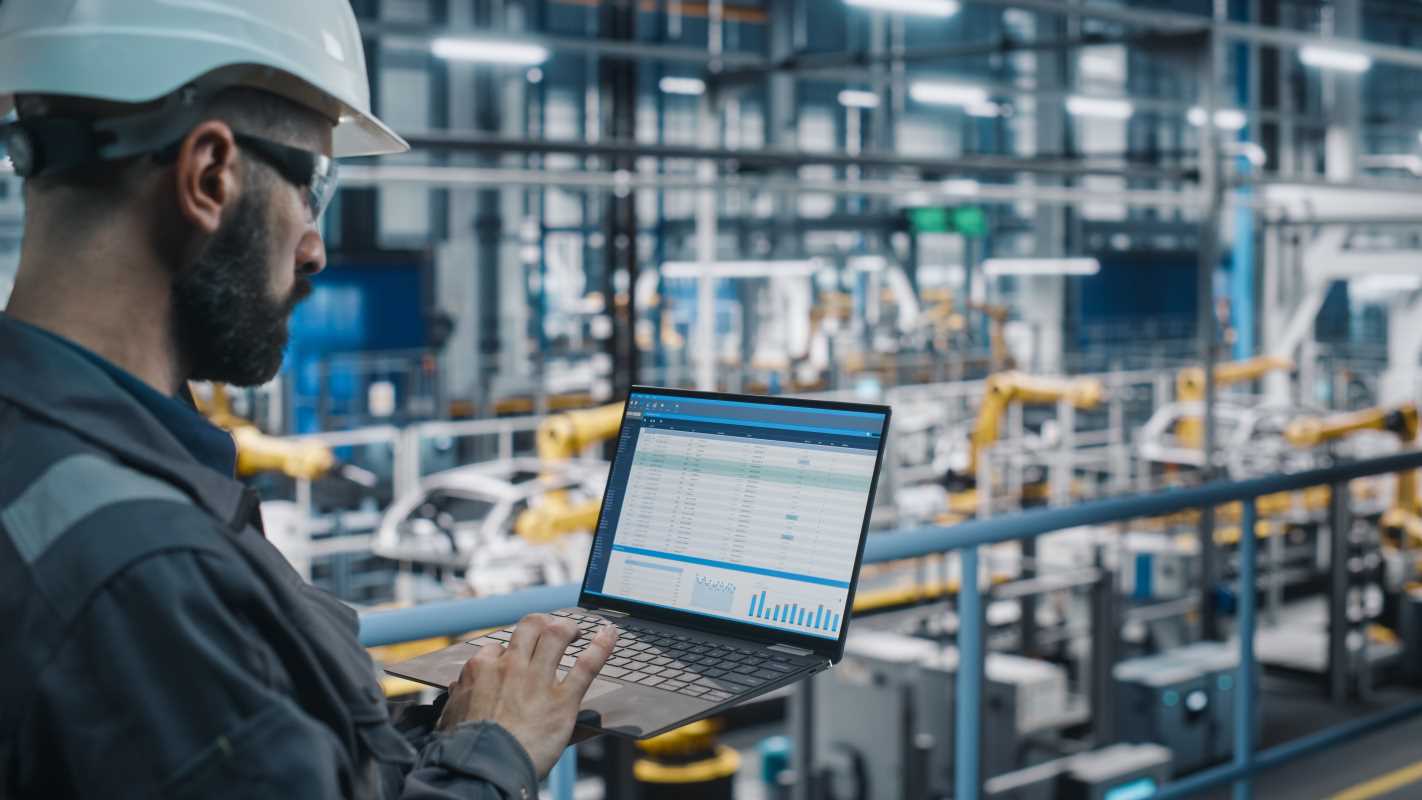As technology rapidly progresses, fine-tuning machine learning (ML) algorithms for edge devices takes on greater importance. These devices, capable of processing data locally without depending on central servers, provide significant advantages, including decreased latency and enhanced privacy. However, optimizing ML algorithms for edge devices brings its own set of hurdles, such as restricted computational power and limited energy resources. Grasping the methods to successfully adapt these algorithms allows for the creation of more efficient and responsive applications. This makes the endeavor a vital focus in the landscape of contemporary technology, where performance and security increasingly matter.
- Benefits: Faster data processing, enhanced privacy, reduced bandwidth usage.
- Challenges: Limited processing power, energy constraints, difficulty in maintaining high accuracy.
Understanding Edge Devices
Edge devices are computing devices that perform data processing at the edge of a network, close to the data source. Examples include smartphones, smartwatches, IoT sensors, and autonomous vehicles. These devices come equipped with varying levels of computational power and are designed to handle specific tasks efficiently.
The role of edge devices in modern technology expands rapidly. They enable real-time data processing, reduce the need for constant internet connectivity, and enhance user experiences by providing faster responses. By handling data locally, edge devices also contribute to better data security and privacy, as sensitive information does not need to be transmitted to distant servers.
Challenges of Implementing ML on Edge Devices
- Limited Computational Resources: Edge devices often have less processing power compared to cloud servers, making it difficult to run complex ML models.
- Energy Consumption: Many edge devices rely on batteries, so energy-efficient algorithms become essential to prolong device life.
- Memory Constraints: Limited memory capacity can restrict the size and complexity of ML models that developers can deploy.
- Real-Time Processing: Achieving low-latency processing challenges developers, especially for applications requiring instant responses.
- Connectivity Issues: Edge devices may operate in environments with unreliable or limited internet connectivity, affecting data synchronization and updates.
Ways to Optimize Algorithms
- Model Compression: Techniques like pruning and quantization reduce the size of ML models without significantly affecting performance.
- Efficient Architectures: Designing lightweight neural network architectures tailored for edge devices enhances efficiency.
- Hardware Acceleration: Utilizing specialized hardware, such as GPUs or TPUs, speeds up ML computations on edge devices.
- Federated Learning: Training models locally on edge devices and aggregating updates reduces the need for extensive data transmission.
- Algorithm Optimization: Refining algorithms to require fewer computations helps manage limited resources effectively.
Benefits of Optimization
Optimizing ML algorithms for edge devices leads to significant advantages. Enhanced performance ensures that applications run smoothly, providing users with quicker and more reliable responses. Energy-efficient algorithms extend the battery life of devices, making them more practical for everyday use. Optimizing algorithms helps maintain high levels of accuracy and functionality, even within the constraints of limited computational resources.
Optimized algorithms contribute to better scalability, allowing edge devices to handle more complex tasks as technology evolves. This development paves the way for innovative applications in various fields, ensuring that edge computing remains a viable and powerful tool in the ever-growing technological landscape.
Real-World Applications
Industries across the board reap the benefits of optimized ML algorithms on edge devices. In healthcare, wearables equipped with these algorithms monitor patient vitals in real-time, providing critical data without relying on constant cloud connectivity. In the automotive sector, autonomous vehicles use optimized ML models to make split-second decisions, enhancing safety and performance.
The agriculture industry utilizes edge devices for precision farming, where sensors analyze soil conditions and crop health on-site, enabling farmers to make informed decisions promptly. The entertainment industry also uses optimized algorithms for augmented reality (AR) and virtual reality (VR) applications, delivering immersive experiences with minimal latency.
Optimizing machine learning algorithms for edge devices is crucial for creating efficient and reliable applications. These optimizations will continue to shape the future of edge computing as technology evolves.
 (Image via
(Image via





